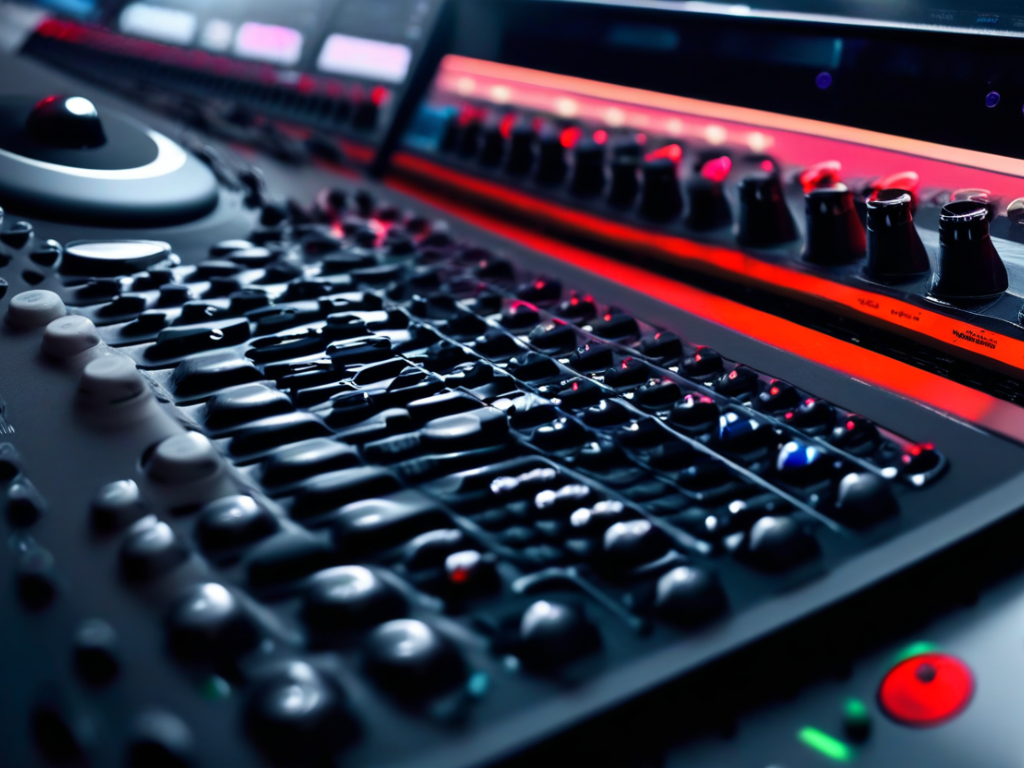Mastering EQ Settings: A Guide to Fine-Tuning Your Music Player
In this article you will find:
- The Basics of EQ
- Examples of EQ Settings:
- Fine-Tuning Your Music Player's EQ
- Optimizing EQ for Different Music Genres
- Conclusion: Unlocking the Full Potential of Your Music Player
Equalization, or EQ, is a fundamental tool in the audio world that allows for the adjustment of frequency response to shape the sound according to personal preferences. When it comes to optimizing the output of your music player, mastering EQ settings can make a significant difference in how your music sounds. Whether you are an audiophile striving for the perfect listening experience or a casual listener looking to enhance the audio quality, understanding how to use EQ effectively can elevate your music playback to new heights.
The Basics of EQ
EQ involves manipulating the levels of different frequency bands within the audio spectrum. Each band represents a range of frequencies, such as bass, midrange, and treble. Adjusting these bands allows you to boost or cut specific frequencies to tailor the sound to your liking. Common EQ settings include adjustments to the bass (low frequencies), mids (middle frequencies), and treble (high frequencies).

Examples of EQ Settings:
- Flat EQ: All frequency bands are set at an equal level, providing a neutral sound profile.
- Bass Boost: Increasing the bass frequencies can add depth and impact to the music, ideal for genres like hip-hop or electronic music.
- V-Shaped EQ: Boosting the lows and highs while reducing the mids can create a more dynamic and exciting sound, suitable for rock or pop tracks.
Fine-Tuning Your Music Player’s EQ
Most music players, whether software-based or hardware devices, come equipped with built-in EQ settings that allow users to customize the sound output. To optimize your listening experience, follow these steps to fine-tune your music player’s EQ:
- Understand Your Sound Preferences: Determine the type of sound signature you prefer, such as bass-heavy, balanced, or bright, to guide your EQ adjustments.
- Experiment with Presets: Many music players offer preset EQ profiles tailored for different music genres or listening environments. Try out these presets to see which one aligns with your preferences.
- Adjust Frequencies Carefully: When making manual EQ adjustments, be subtle and precise. Small changes can have a big impact on the overall sound, so take your time to find the right balance.
- Listen to Reference Tracks: Use well-known songs or tracks that you are familiar with to test your EQ settings. This will help you identify how changes in EQ affect the sound output.
Optimizing EQ for Different Music Genres
One of the key benefits of mastering EQ settings is the ability to tailor the sound to different types of music. Here are some general guidelines for optimizing EQ based on genre:
- Rock & Metal: Boost the midrange frequencies to enhance the presence of vocals and guitars while maintaining a punchy bass response.
- Classical & Jazz: Focus on clarity and instrument separation by adjusting the highs and mids for a more detailed and nuanced sound.
- EDM & Dance: Emphasize the bass and treble frequencies for a powerful and energetic sound that highlights the electronic elements.
Conclusion: Unlocking the Full Potential of Your Music Player
Mastering EQ settings is a valuable skill that can transform your listening experience and bring out the best in your music player. By understanding the basics of EQ, fine-tuning your music player’s settings, and optimizing EQ for different genres, you can unlock the full potential of your audio setup and enjoy a personalized, immersive sound experience like never before. So, experiment, explore, and let your ears guide you on a journey of sonic discovery!

